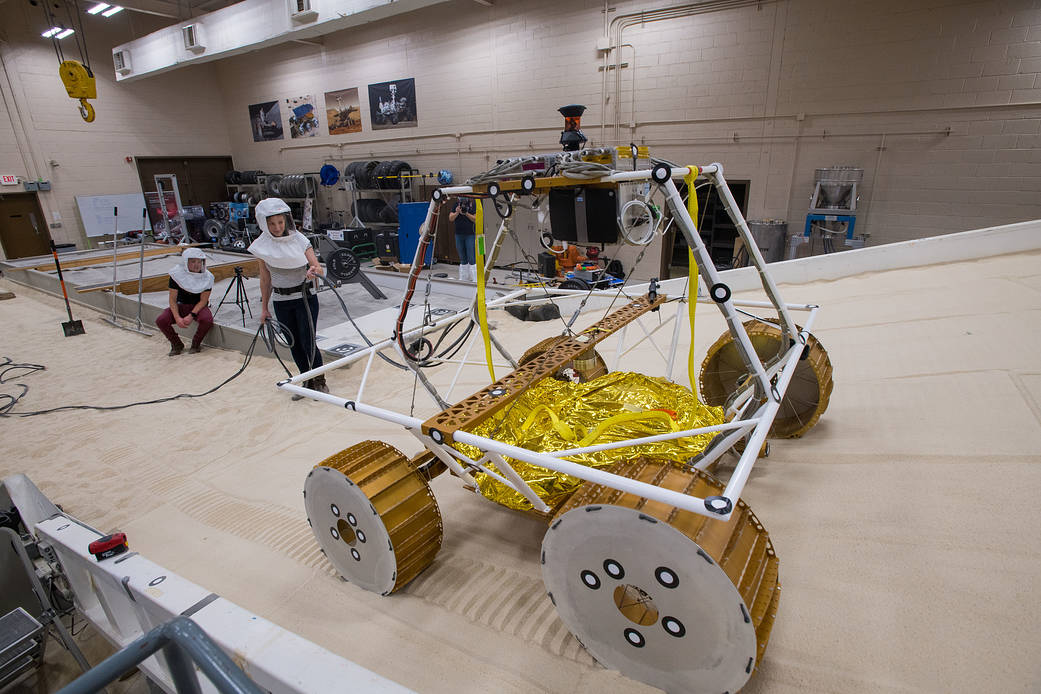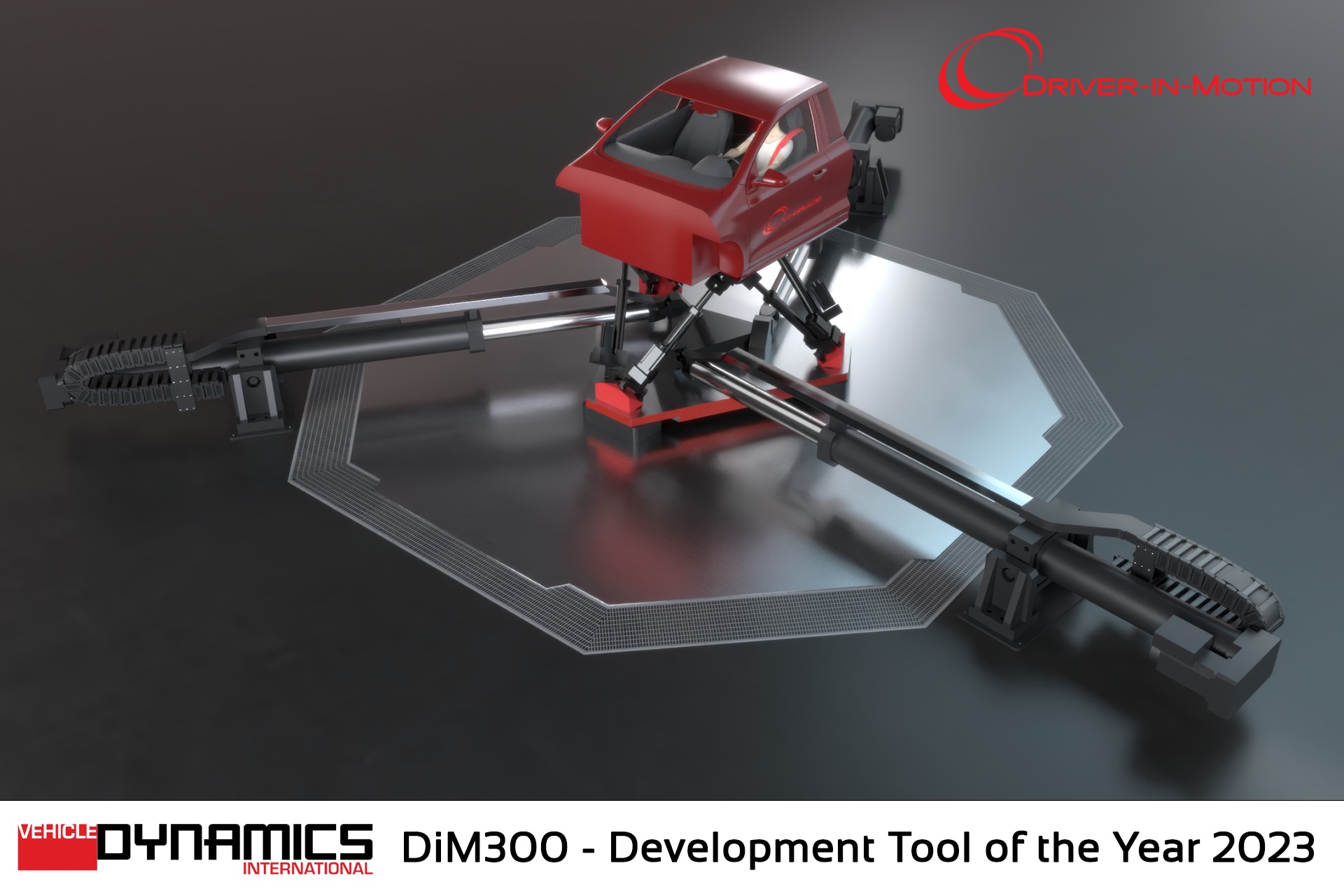Today, most of the news associated with NASA usually covers the exploration of Mars, especially on human landing on the Red Planet. However, in order to reach Mars, NASA plans to make the Moon act as a station. To do that, the agency first wants to send a rover on the North Pole, and then land the first woman, together with another astronaut on Moon’s surface in 2024.
NASA started testing the vital VIPER (Volatiles Investigating Polar Exploration Rover) rover, which should collect soil samples and look for water ice. And having water on the Moon can be a big deal – the oxygen from the water can be used for breathing. Both hydrogen and oxygen can also be used to power future rockets, which should have an easy time overcoming Moon’s gravity, which is 1/6th of that of the Earth.
The rover is equipped with a drilling system called TRIDENT (The Regolith and Ice Drill for Exploring New Terrain), which actually comes from Honeybee Robotics, a small spacecraft, and robotics company. This system should poke the surface on the Moon and search for traces of water ice. The agency already tested some of the VIPER’s propulsion systems and the traction the wheels provide over lunar soil (regolith).
With all that said, while NASA works on VIPER, the agency still doesn’t have a plan on how to get the rover to the Moon in the first place. Right now, a commercial space flight is the only option. However, VIPER will weigh over 350 kilograms, which means that the transfer might prove to be costly. On top of that, NASA has a limited budget lately, especially for projects such as this one.
These issues already delayed the launch of VIPER. The agency wanted to select the vehicle design by this month and launch it to the moon at the end of 2022. Sadly, we probably will wait a little bit more to find if people can live sustainably on the Moon.






